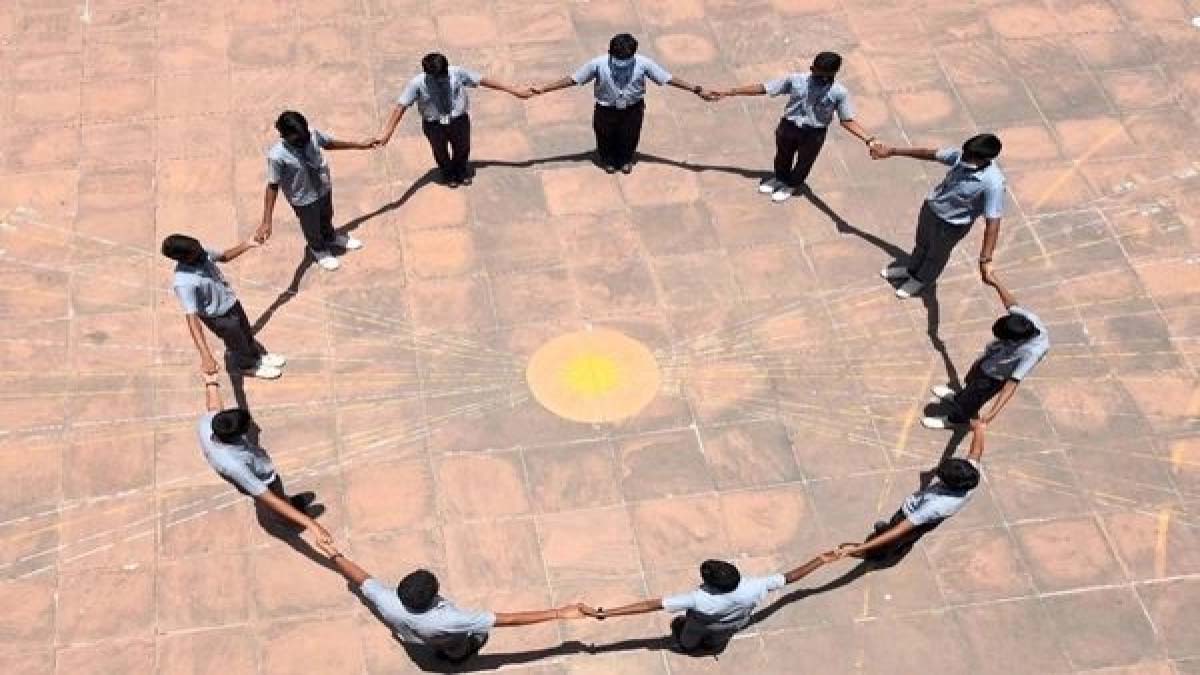
Zero Shadow Day was observed in the Indian city of Bengaluru on 25 April. Read to know more about the phenomenon.
What is zero shadow day?
Zero Shadow Day is a rare celestial phenomenon where the sunline creates no shadow on a particular day. It occurred in Bengaluru, India on April 25. The Indian Institute of Astrophysics (IIA) organized events on its campus to mark the occasion. “This happens for places between the Tropic of Cancer and Tropic of Capricorn and is on April 25 and 18 August for Bengaluru,” stated the IIA. Scientists from the Institute are going to collaborate with a school to measure the diameter of the Earth. Additionally, netizens are excited to observe the phenomenon and share it on social media.
The phenomenon occurs twice every year when the position of the sun is directly overhead, leading to no shadows. This means, at 12:17 pm in Bangalore, there will be no shadows cast by vertical objects. On this day, the sun moves to its highest point in the sky, resulting in the reduction of the length of the shadow. “For people living between +23.5 and -23.5 degrees latitude, the Sun’s declination will be equal to their latitude twice. Once during Uttarayan and once during Dakshinayan. On these two days, the Sun will be exactly overhead at noon. And will not cast a shadow of an object on the ground,” explained the Astronomical Society of India.
More on the phenomenon
Every year on zero shadow day, both students and astrophile present between the two Tropics place vertical objects or stand outside to observe the phenomenon. “People and any object, all around the world, staying between the Tropic of Cancer and Tropic of Capricorn lose their shadows. Though momentarily, twice a year. These two moments are called zero shadow moments,” explained Debiprosad Duari, an astrophysicist. The phenomenon will repeat in Bengaluru on August 18. The dates and time change based on time zones and locations.






